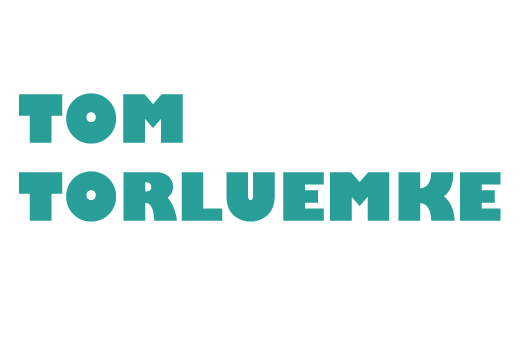Sap Vendor Rebate Agreement Configuration
SAP Vendor Rebate Agreement Configuration: A Comprehensive Guide
In today`s business landscape, organizations need to keep a firm grip on their financials to remain competitive. Managing rebates and incentives from vendors is one way to reduce costs and improve margins. SAP Vendor Rebate Agreement Configuration is one such tool that organizations can use to manage vendor rebates efficiently.
In this article, we will provide a comprehensive guide to SAP Vendor Rebate Agreement Configuration, which can help you streamline your rebate process and maintain a competitive edge.
What is SAP Vendor Rebate Agreement Configuration?
SAP Vendor Rebate Agreement Configuration is a tool that enables organizations to create and manage rebate agreements with their vendors. With this tool, you can track and manage rebate information, such as rebate percentage, payment terms, and accruals. It helps organizations automate the rebate process and ensures that vendors adhere to the agreed-upon terms and conditions.
Advantages of Using SAP Vendor Rebate Agreement Configuration
1. Improved efficiency: SAP Vendor Rebate Agreement Configuration helps streamline the rebate process, ensuring that rebate agreements are set up accurately and payments are made on time.
2. Better control: It enables organizations to manage vendor funds more efficiently, reducing the risk of overpayment or underpayment.
3. Improved financial management: Using SAP Vendor Rebate Agreement Configuration, organizations can track and manage rebate information, such as accruals, payments, and rebate percentage, which helps optimize financial management.
4. Transparency: With SAP Vendor Rebate Agreement Configuration, organizations can maintain transparency in the rebate process, ensuring that all parties have access to the same information.
Steps to Configure SAP Vendor Rebate Agreement
Step 1: Define Agreement Type: The first step is to define the agreement type; this can be a fixed or scalable agreement.
Step 2: Define Agreement Header: The next step is to define the agreement header, which includes vendor details, rebate percentage, and validity date.
Step 3: Define Agreement Item: In this step, you define agreement items, which specify the rebate conditions, such as minimum order value, product group, and product category.
Step 4: Define Pricing Scale: In this step, you define the pricing scale, which is used to determine the rebate amount based on the sales volume.
Step 5: Settle Rebate Agreement: The final step is to settle the rebate agreement, which involves making payment to the vendor based on the agreed-upon terms and conditions.
Conclusion
SAP Vendor Rebate Agreement Configuration is an excellent tool for organizations looking to manage vendor rebates efficiently. With this tool, they can automate the rebate process, ensure timely payments, and improve financial management. By following these simple steps, it`s also easy to set up and configure. So if you`re looking to streamline your rebate process, consider using SAP Vendor Rebate Agreement Configuration and enjoy its many benefits.
 tomtorluemke.com
tomtorluemke.com